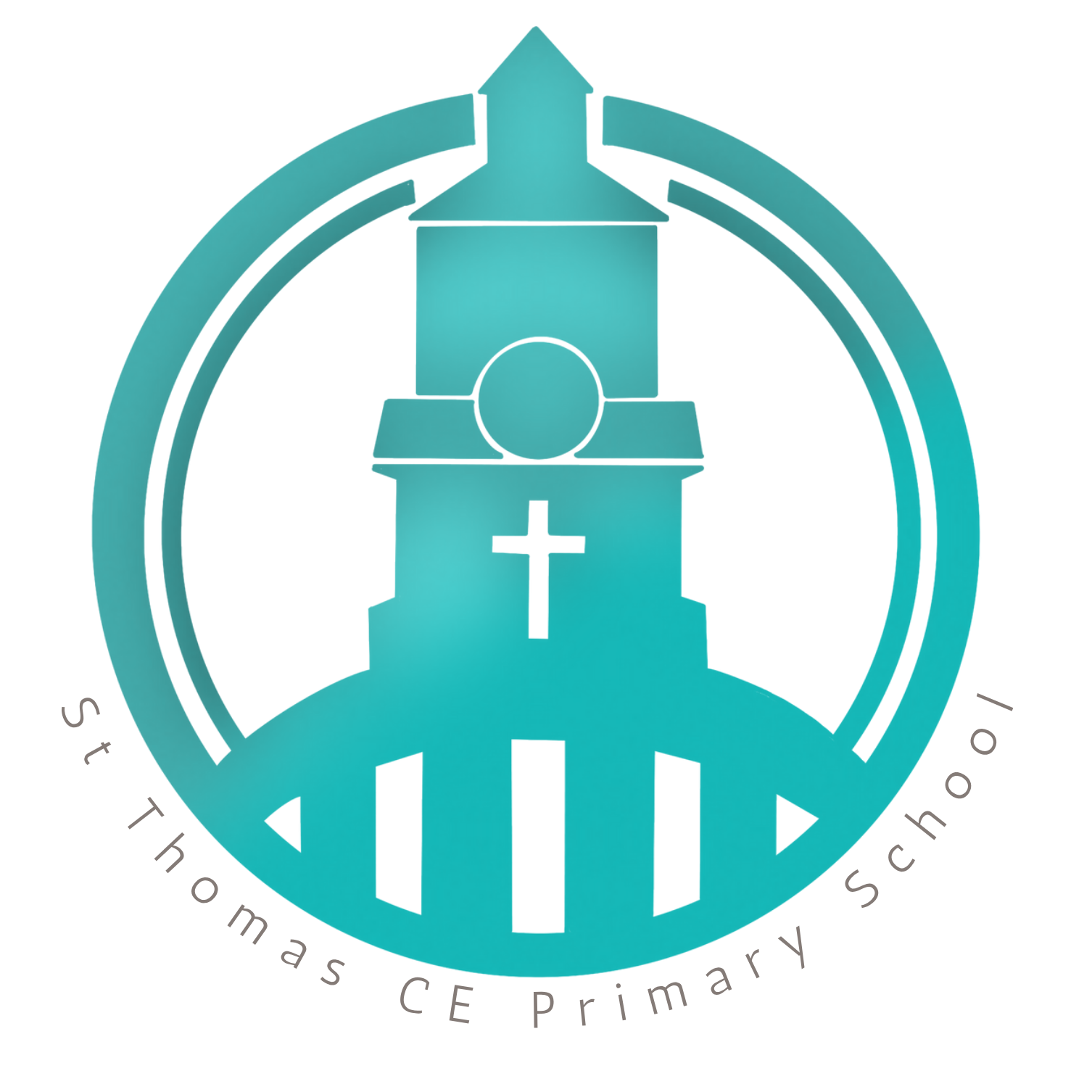Our Learning
English Reading
Intent
We have constructed a curriculum which prepares the children of St Thomas academically, emotionally, socially and spiritually to be active and successful participants of British and Global society. Our sequential knowledge curriculum begins in EYFS, so that students can successfully access a broad and balanced curriculum throughout their education.
During KS1, focus is placed on phonics using Little Wandle letters and sounds. We ensure all students are reading by the age of six so that they can successfully access a broad and balanced curriculum. Throughout KS2, we seek to carefully develop subject knowledge and build clear sequences in our students’ minds, allowing them to begin to think more coherently, critically, and creatively. Reading is the gateway to all other subjects. Reading is often seen as no more than a set of skills, which if taught systematically, will lead to independent readers. However, this is not the case. Children need to balance the skills of being a reader with the will to read.
Implementation
We use as many opportunities as possible to promote the love of reading, such as:
Children being read to daily by an adult. This will mainly be within lessons, through use of high-quality class fiction texts but also includes non-fiction, poetry, and other wider-reading sources throughout the day. Children are also read a class novel either in the morning or end of the school day.
Children being actively involved in choosing books from the reading corner. Within each classroom teachers create a reading corner, which children can free read from throughout the week. The reading corners have books that are language rich and diverse, carefully selected by the English lead. We refresh these reading corners as much as possible and speak to children about books they are interested in.
Children being given the opportunity to free read. Children are given daily reading time in which they can bring their own books, select from the reading corner and read to themselves.
Teachers explicitly teach learners:
- Knowledge of the alphabetic code (the letter-sound correspondences)
- The skill of blending sounds in order, all through a word to read it
- The skill of segmenting words into sounds, all-through a word to spell it
- The skill of letter formation leading to handwriting
These key elements are the essence of phonics, but they are heavily interlinked with vocabulary knowledge. Further phonics information can be found on the phonics tab on our curriculum page.
Our daily reading sessions, after children are ready to move on from Little Wandle, are structured to build on children's knowledge of language and how to apply various skills to the texts they approach.
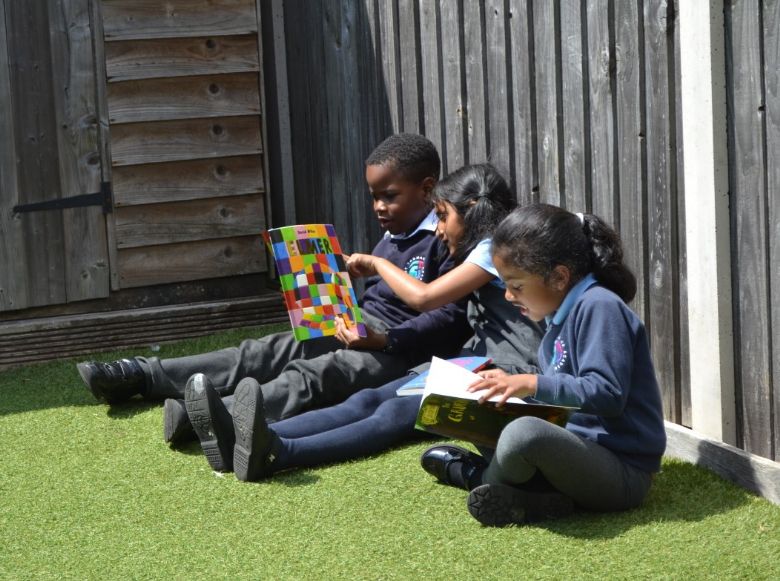
Hana (Year 3) - "I like to read because it inspires me, I want to be an author."

Ibrahim (Year 2) - "I love to read because it entertains me and is peaceful."
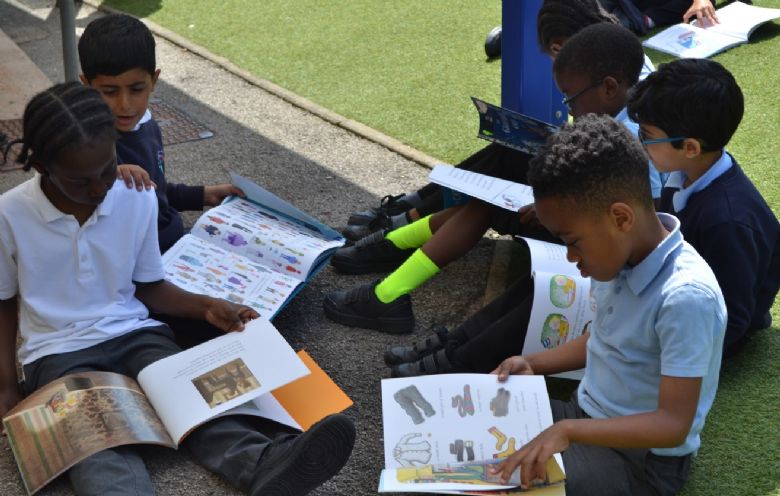
Elise (Year 6) - "It transports me to another world."
Vocabulary and contextual understanding
Children examine an extract from the whole class texts, looking at new words and vocabulary. They are encouraged to decode and identify words which they may be unfamiliar with; reading around the word for clues or being explicitly taught new words and meanings using call and response.
Pupils explore the context of the extract they are looking at, making links to children's prior knowledge. Extracts are annotated with newly discovered words and their meanings. Children may begin to make predictions through skim reading the text.
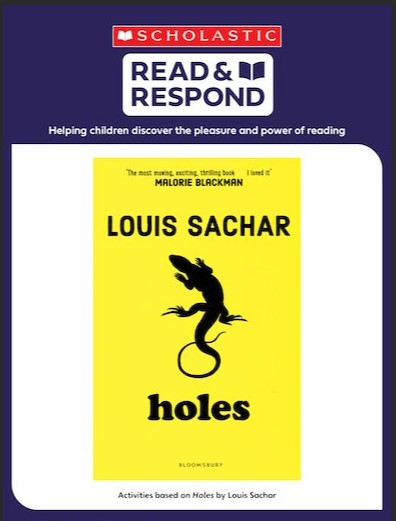
Prosody and fluency
Teachers model and explore other linguistic features of the text to demonstrate how these features impact the reader, and why the writer has chosen to use them. Children explore linguistic functions such as intonation, stress, and rhythm to become familiar with the extract they are exploring. Extracts are annotated for the meaning and structure of the text.
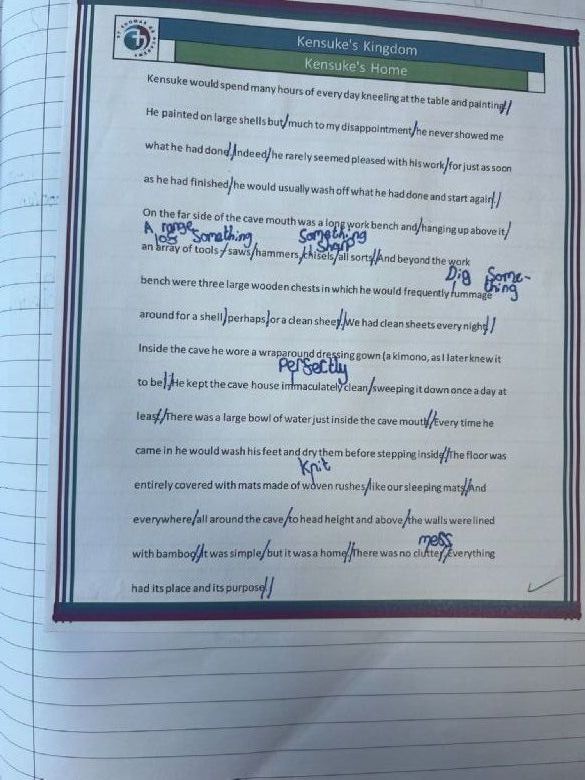
Guided and shared reading
Through explicit teaching, children are guided through how different (domain) question types can be answered using their annotated extract. Using 'thinking aloud', teachers model how to make inferences as they read deeper into the text. Teachers 'tap in' to hear children read independently, in pairs or groups.
Deeper reading
Links are made between texts and different authors, using themes and language conventions, to identify the authorial intent. Children make comments and draw on their knowledge of the extract in order to compare and contrast. They explore structure, order of language and create summaries to understand the impact the writer is trying to make.
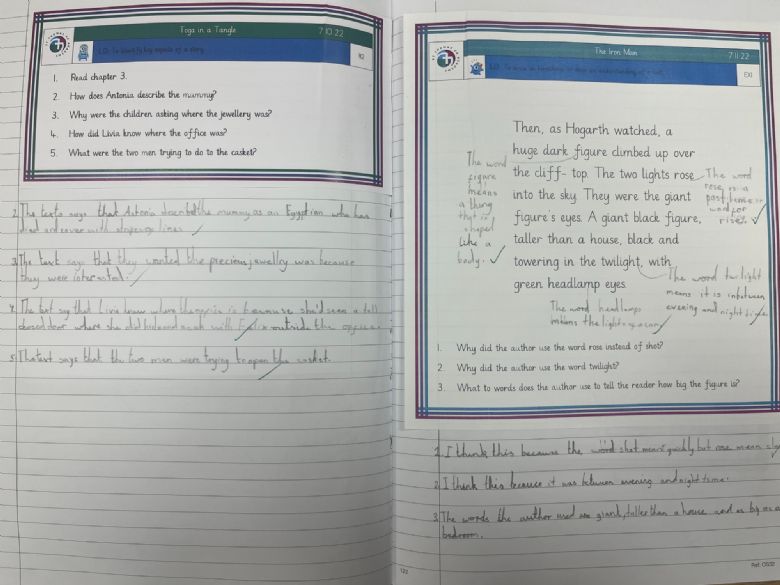
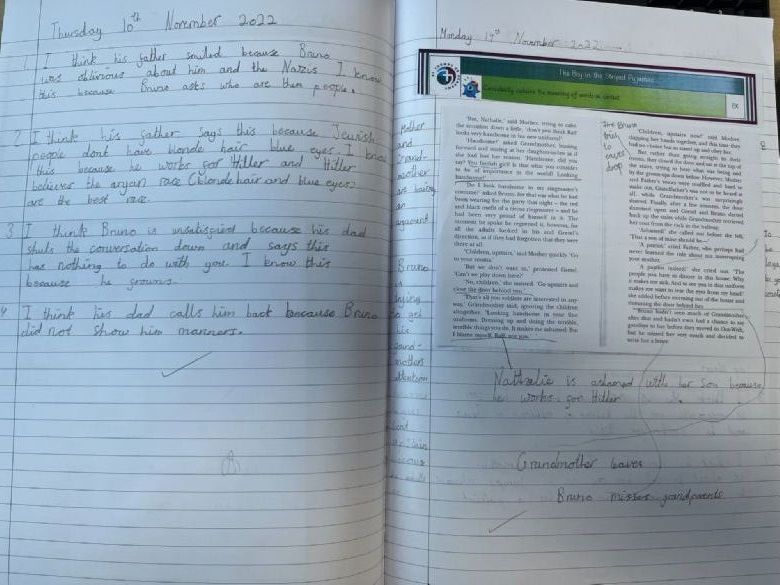
Comprehension
Readers need to be able to use a range of skills to understand what they have read. These skills are taught explicity through daily whole class sessions (including modelling the reading process and close examination of the text) and articulated by the children when discussing what they have understood. The primary skill to become a fluent reader is phonics, however from EYFS onwards children will also be using comprehension skills taught through our 'reading monsters.'
Our reading monsters are used as a creative and visual tool to teach:
- Retrieval: Identifying and finding information in a text.
- Interpret: Infer and predict using evidence from a text.
- Choice: Understand choice of language and the impact on the reader.
- Explain: Work out the meaning of words, within its context.
- Review: Express understanding of structure within a text and express personal opinions.
- Performance: Using intonation, tone and expression informed by clues in the text.



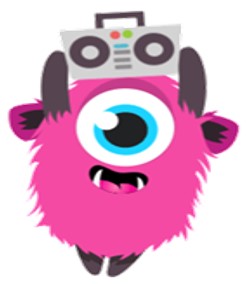

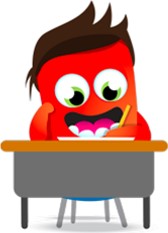
The above skills broadly correlate to the STA reading domains, with which the teachers assess the children's reading.
Children need to read independently every day to build reading fluency, so home reading books are matched to the children's reading level so that they can build their reading stamina without decoding being a barrier. We assess children's fluency in KS2 using the Collins Fluency assessments, which match our Big Cat Collins books.
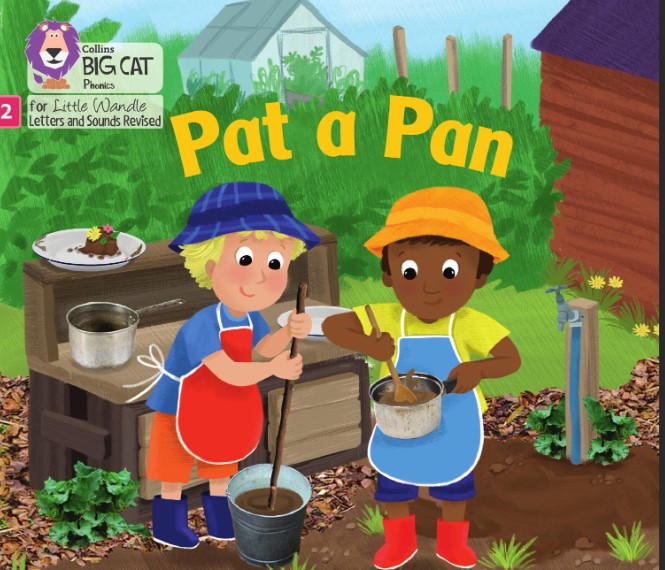
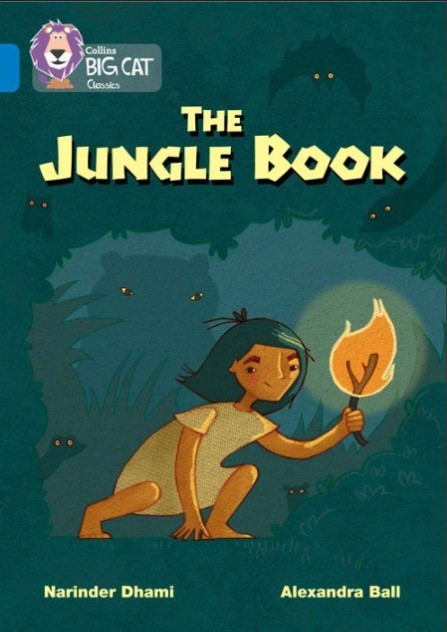
Children in KS1 take home a decodable book (that they can read aloud) and are allowed to take home a language-rich book to be read to by an adult.
All children take home a fluency book matched to their comprehension level using Big Cat Collins.
Rapid catch up
Children in Year 2 and above who are not at age-related expectations for reading are assessed using the Rapid Catch-up phonics assessment and fluency assessment to check if they need to follow our Rapid Catch-up programme. By using these assessments, we are able to work out exactly what gaps these children have, and put in place a robust programme to ensure they learn to read quickly. The assessments also help us to match children to the appropriate reading book.
Impact
Children have the tools to be confident, independent and resilient learners – through exposing children to a variety of challenging, age-appropriate texts, and children will be challenged through enquiry-led questioning, as well as challenging their own thinking. By being exposed to a wide range of authors, genres and topics, children will have the experience and courage to tackle the unfamiliar, and through the targeted planning of learning journeys and deliberate links to the children’s wider learning, children will develop the skills to make their own links. By providing children with decodable texts and challenging (whilst guiding them) through texts which are more demanding, children will develop a transferable level of resilience.

